Meeting the ATMP Moment with Robotics and Automation
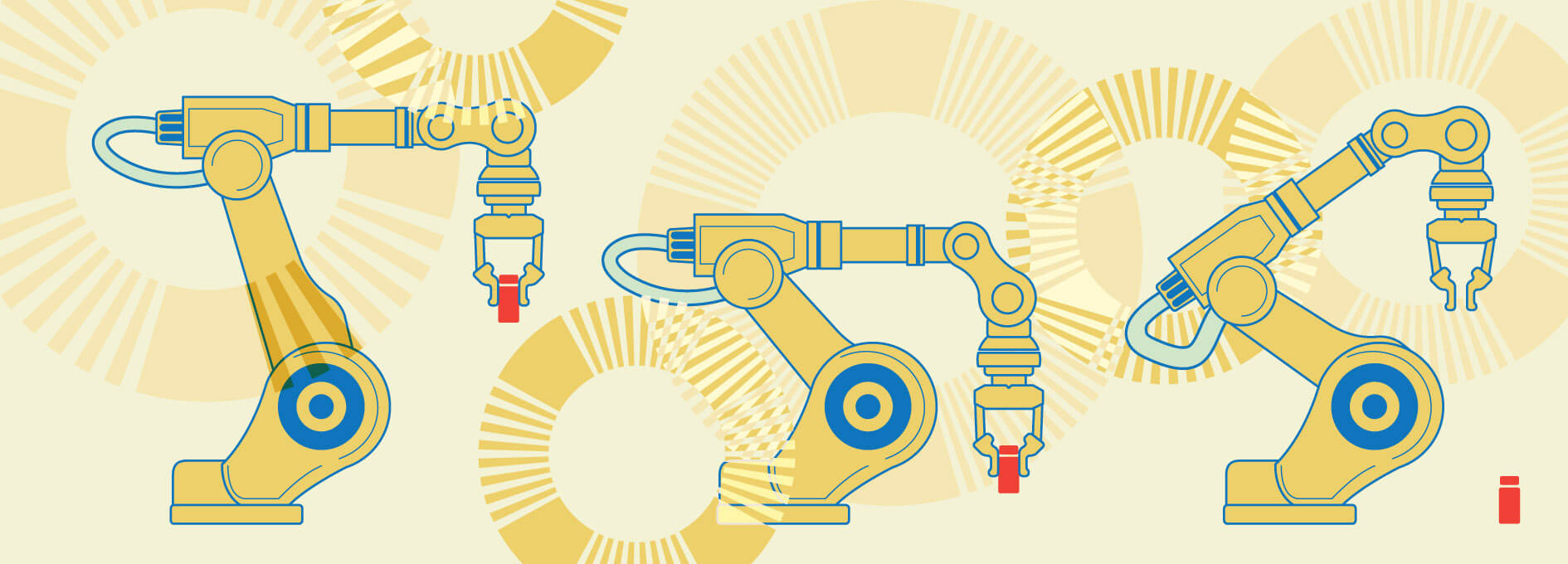
At the 2024 PDA Annual Meeting, I had the pleasure of presenting a case-study session entitled Answering the Call for Flexibility: Adaptive Robotics for ATMPs, where I examined the current state of ATMPs, specifically in a contract development and manufacturing organization (CDMO) context. The topic of ATMPs is timely and relevant to the industry and represents a point of passion for many fill–finish professionals like me.
Patient-centered medicine has a way of crystalizing and grounding the conversation around regulations and science. While it may sometimes be easy to get caught up in the minutia of procedural or academic discussions, ATMPs are a striking reminder of the stakes and why theory and practice must fit together. In a race against time, our approach to the full scope of current and evolving good manufacturing practice (GMP) guidelines, our sterility strategies, and our ATMP manufacturing and production must be in sync and adaptable. This reality has many drug developers evaluating the path forward. The commercial demands and variables unique to ATMPs pose a distinct challenge for manufacturers who must assess how to proceed in the current landscape and prepare for the future development of the patient-centered market. Recent trends in manufacturing show a clear path forward: flexibility rooted in smart, innovative automation is not only the antidote for regulatory and market uncertainty but also the vehicle by which the potential of ATMPs becomes reality.
Tracking the Momentum: ATMP Growth and Growing Pains
Over the last four years, substantial developments have occurred in the field of ATMPs. In 2019, the U.S. Food and Drug Administration (FDA) forecast that the United States would likely add 10-20 approved cell and gene therapies each year until 2025, and current prognostication has development tracking at that rate (1). It was only seven years ago that the first CAR-T treatment was approved, and as of 2024, six different FDA-approved CAR-T therapies have been cleared to treat a growing number of cancers. More broadly, regenerative therapy saw 1600 new therapies in various stages of clinical trials as of 2023. The potential of these therapies is clear, and the groundbreaking wave of treatments is only expected to continue building. Market size for biologics as a whole is forecast to increase to 506 billion by 2031 (4% compounded annual growth rate [CAGR]), with cell and gene therapy specifically slated to hit 95.32 billion (18.8% CAGR) (2). To put it in a succinct frame, between 2017 and 2022, the FDA approved five gene therapies, and the agency approved the same number in 2023 alone. The United States and the European Union combined have 17 additional regulatory approvals pending in 2024 (3). Even considering the natural correction the market experienced in 2023 following the COVID-19 pandemic, the momentum of ATMP development is evident.
This growth has not been without its obstacles and challenges. Numerous pragmatic considerations exist around ATMPs pertaining to cost, sustainability and scaling. Healthcare systems are reckoning with the overall cost of the development and implementation of these cutting-edge modalities. For hyper-targeted orphan drugs, the puzzle is how to bring down the cost of a treatment that is absolutely critical for a small percentage of the population and whether that cost is sustainable from a production standpoint. Though less of an issue for therapeutics that address more widely spread morbidities, any ATMP represents a significant investment for both the manufacturer and the patient.
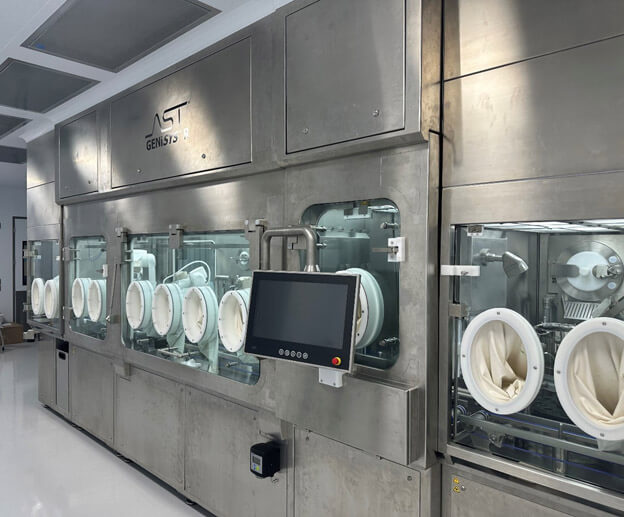
In the larger context of care, this spotlights a significant hurdle to patient accessibility. Access to these treatments is a matter of technological, economic and geographical considerations. Young and relatively rare treatments commonly pose a challenge on all three fronts, and when we talk about the best approaches for commercializing innovative therapies, all three must be taken into account. A portion of the burden falls on regulatory and governmental bodies to adjust and respond to the rise of ATMPs. Thankfully, this is occurring with some encouraging initiatives like the FDA’s START program, which applies the processes and lessons learned from Operation Warp Speed to tackle rare diseases, and the Cell and Gene Access Model designed to improve accessibility to treatments. Additionally, the recently established FDA Office of Therapeutic Products was created specifically to meet the developmental and regulatory demand from emerging ATMPs.
The View from the Ground: Operational Challenges and Opportunities
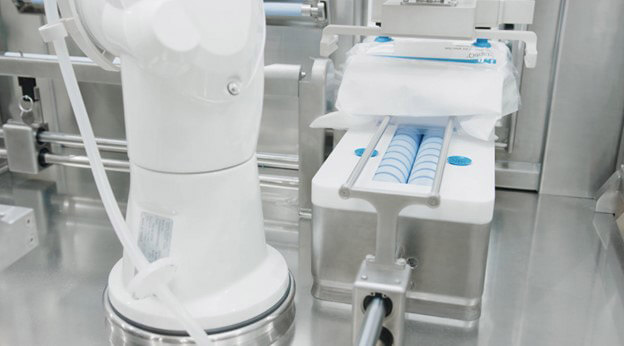
The reimagining of strategy and resources does not stop with the macroeconomic view of the issue. Operationally, manufacturers find themselves in the pioneering phase of developing and implementing the right strategy and praxis to ensure sustained success. From the onset of patient-centered medicine, it has been understood that the standard commercial distribution model, at least as it is traditionally structured, poses some significant production obstacles. ATMPs are fragile and time-sensitive, and in many instances, effective treatment depends on proximity to the patient. Centralized operations can be subject to bottlenecks, single-product output, production delays and shipping and transport limitations, all issues that have specifically affected ATMP production. This has led to the exploration of alternative manufacturing models and the relationship between the academic setting, where many of these products are developed, and the channels of distribution.
With increased interest, regulatory agencies have been under pressure to advise on decentralized or distributive manufacturing models specifically as it relates to ATMP production. Models like point-of-care manufacturing have gained traction with various biotechnical companies and governmental entities. For instance, in 2023, the United Kingdom became the first country to introduce a regulatory framework tailored toward the manufacturing of innovative medicines at the point of care (4). The priorities reflected in this development are not merely the speed and flexibility of the process but the speed of regulatory approval.
The need for aggressively revised timelines and service models for ATMP production has also informed some fundamental changes in the ways CDMOs are approaching partnerships. CDMOs are now investing in forward-looking manufacturing methods that are flexible, agile and multimodal. Pharmaceutical manufacturing as a whole is looking for solutions that will scale into whatever robust landscape the ATMP market becomes.
Pioneering the ATMP Space with Automation and Robotics
In the past decade of ATMP production, the uniform challenge across these therapeutics has been developing the precise processes needed to derive viable treatments from living cells, genes or tissue. Currently, a number of general processing themes are common to the sterile parenteral production of ATMPs:
- They are individually complex and, while similar in origin and function, there is a broad degree of variability in ATMPs and their production processes.
- They are high-value products that require small-batch runs.
- ATMPs require a zero-waste/maximum-yield approach with comprehensive in-process controls and checks from the moment they are initiated into an aseptic-processing environment to the finishing process.
- Products can be environmentally sensitive to factors like light, exposure time or temperature.
- ATMP manufacturing and production methods often use rapid, breakthrough technologies.
- ATMPs are extremely fragile and have a short window of viability.
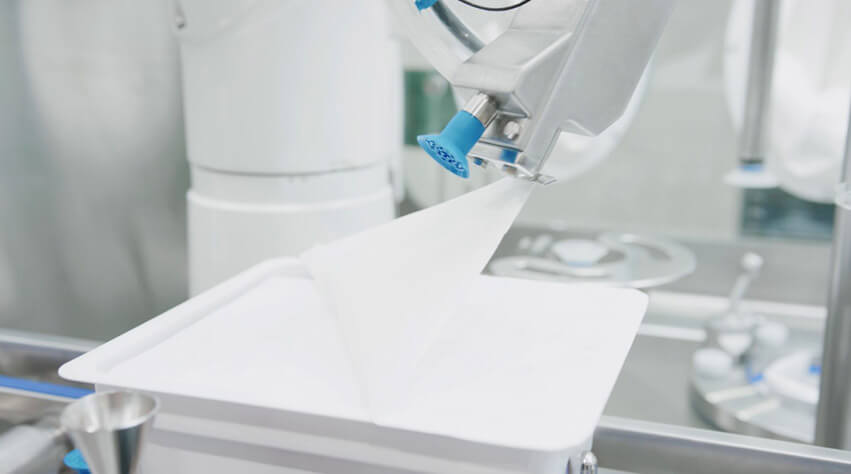
Product integrity and operational flexibility must be prioritized out of the gate and established as the foundation for the full drug-development lifecycle. Patient safety and product integrity is paramount in any patient-centered model. An operation is predicated on its contamination control strategy (CCS), a point emphasized by the EU GMP Annex 1: Manufacture of Sterile Medicinal Products. The CCS should be comprehensive and thorough, taking into account every control and monitoring measure that could affect the parenteral product. A CCS considers, among others concerns, how best to achieve and maintain a grade-A air environment, how best to preserve first air and how an operation approaches process validation and interventions.
The strategy established should be updated frequently and reflected in current operations. In Annex 1, Section 2.3, we see the immediate need to identify flexible, efficient protocols. Given the full scope of a healthy CCS, it is entirely possible for the process to be optimized for the necessary timeline in order for ATMPs to be viable. That is why the concept of flexibility is so vital, not only in the strict sense of machine changeover time but as it applies to any factor that affects the agility of an operation.
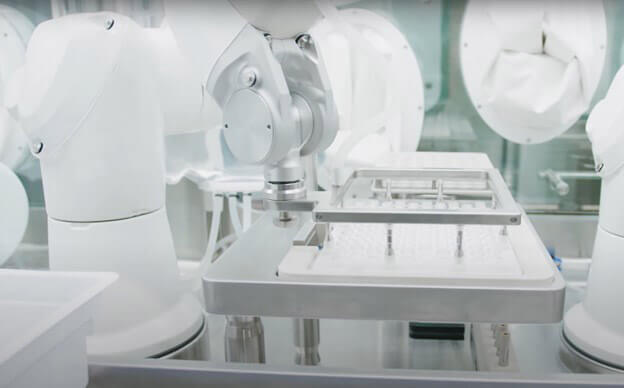
This is where automation and a quality-by-design approach become necessary to consider as the foundation of an ATMP manufacturing strategy. As Annex 1 highlights the following in Section 2.1:
The use of appropriate technologies (e.g., Restricted Access Barriers Systems [RABS]), isolators, robotic systems, rapid/alternative methods and continuous monitoring systems) should be considered to increase the protection of the product from potential extraneous sources of endotoxin/pyrogen, particulate and microbial contamination such as personnel, materials and the surrounding environment, and assist in the rapid detection of potential contaminants in the environment and the product.
Additionally, a quality-by-design approach was highlighted again in Section 8.9:
Where possible, the use of equipment such as RABS, isolators or other systems, should be considered in order to reduce the need for critical interventions into grade A and to minimize the risk of contamination. Robotics and automation of processes can also be considered to eliminate direct human critical interventions (e.g. dry heat tunnel, automated lyophilizer loading, sterilization in place) (5).
The growing presence of ATMPs concurring with explicit regulatory attention on barrier technologies and automation should not strike us as coincidental. From highly repeatable processes to automated product handling and monitoring, scalable technologies and saves crucial validation time. The benefits of highly targeted small-batch production within isolated automated manufacturing systems have been clearly demonstrated.
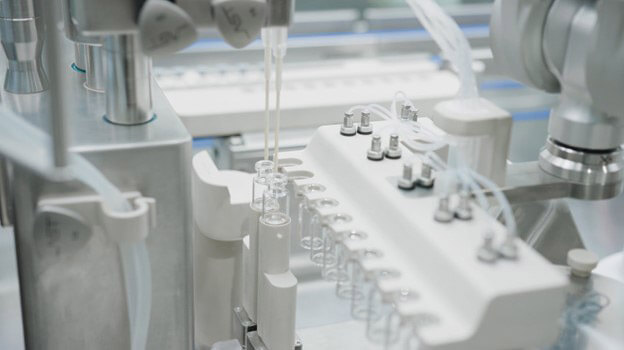
The Clear Process Benefits of Automation
In a fill–finish setting, automation that is precise, highly repeatable and adaptable is an apt tool for meeting the key process and regulatory points for ATMP production. In many ways, the right application of robotics and automation seems like a natural partner for high-value, small-batch products. It has a spectrum of advantages that work together to achieve a larger goal: complete product stewardship. From the moment containers are initiated into the line, a well-designed automated system will account for accuracy and quality, commencing a process of continual monitoring until a container is capped.
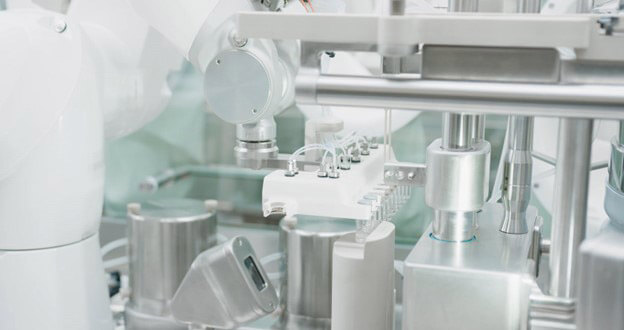
From a process standpoint, automation significantly derisks the filling and closing process by eliminating unnecessary human interventions (robotic environments are shown to better maintain aseptic conditions). Presterilized nests or trays can be introduced, peeled and accessed with minimal particle generation. Once filling starts, zero-waste strategies, like priming and calibrating directly on an analytical balance, should be featured, and once dialed in, 100 percent real-time in-process control should be carried out for the duration of the batch. The design and movement of robotics in the filling and closing area is crucial and should not disrupt laminar airflow over exposed product. This is another important function of automation—it can not only reduce process points, but the total time of product exposure can be minimized to the greatest degree possible.
While perfection is always the goal, it is never the plan. That is why thorough quality measures are integral to any ATMP fill–finish process. These measures can be placed into two categories: quality by contingency and quality by redundancy. Contingencies are responsive measures that can recover and prevent a potential rejection. This includes features like redosing in the event of a light fill or restoppering in the event that the stopper doesn’t close completely. Quality by redundancy relates to comprehensive, multipoint checks for container abnormalities or rejects for the full duration of the fill–finish process. Ideally, this should be a combination of visual and sensor checks registering cap presence, missing-stopper and seal-force monitoring, for example. An automated system, as a whole, needs an operational redundancy and, especially in cases of ATMP production, that redundancy should pose no risk to the batch in process on the rare occasion that the automation fails. As a failsafe to potential failures of automation and from an operational and risk-assessment point of view, a well-made, well-placed glove port only makes automation stronger as the operator can be that final backstop.
Much remains to be seen about the exciting future of ATMPs and the implications for the patients these treatments will reach. When it comes to product safety and integrity and consistently meeting the rigors and requirements of a CCS, comprehensive, smart automation in an isolated environment is the clear choice. As the market continues to grow and new products and distribution possibilities are identified, adaptive robotics, automation, and isolator-barrier systems will provide parenteral drug product manufacturers with proven methods to capitalize on the now and prepare them for whatever opportunities lie ahead.
References
- Gottlieb, Scott, MD. Statement from FDA Commissioner Scott Gottlieb, M.D. and Peter Marks, M.D., Ph.D., Director of the Center for Biologics Evaluation and Research on new policies to advance development of safe and effective cell and gene therapies (15 Jan 2019). Available at https://www.fda.gov/news-events/press-announcements/statement-fda-commissioner-scott-gottlieb-md-and-peter-marks-md-phd-director-center-biologics.
- Straits Research (2024). Global Report: Biologics Market and Global Report: Cell and Gene Therapy Market. Available at https://straitsresearch.com/reports.
- Alliance for Regenerative Medicine (Apr 2024). The Sector Snapshot: April 2024. Available at https://alliancerm.org/sector-snapshot-april-2024/ .
- Medicines and Healthcare products Regulatory Agency. UK to introduce first-of-its-kind framework to make it easier to manufacture innovative medicines at the point of care (25 Jan 2023) https://www.gov.uk/government/news/uk-to-introduce-first-of-its-kind-framework-to-make-it-easier-to-manufacture-innovative-medicines-at-the-point-of-care.
- European Commission (2022). Annex 1: Manufacture of Sterile Medicinal Products, The Rules Governing Medicinal Products in the European Union, Volume 4 EU Guidelines for Good Manufacturing Practice for Medicinal Products for Human and Veterinary Use. https://health.ec.europa.eu/system/files/2022-08/20220825_gmp-an1_en_0.pdf.



